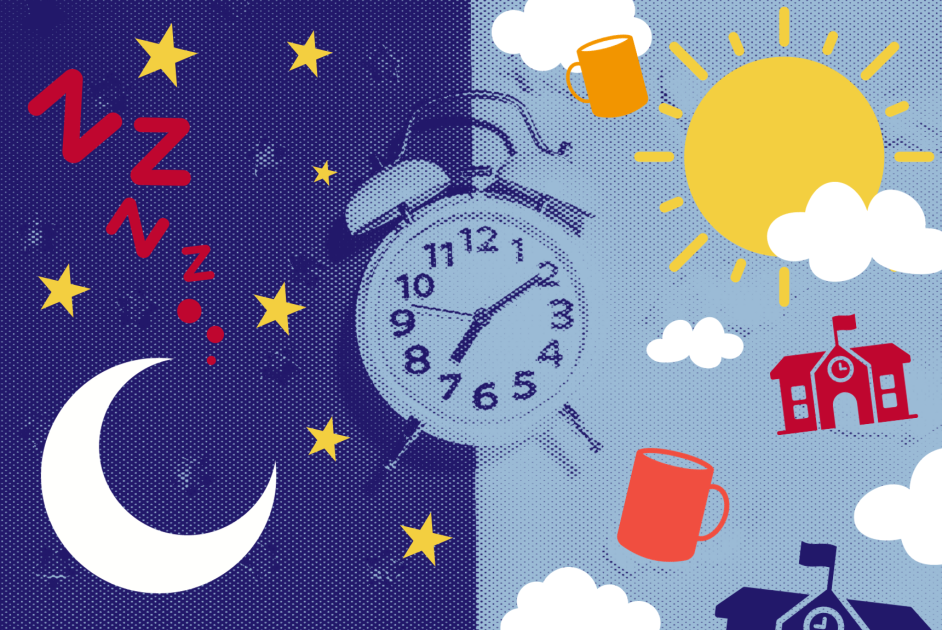High school students lead busy lives, juggling homework, sports, clubs, part-time jobs, and more. With such packed schedules, it’s no wonder that many students struggle to maintain a consistent bedtime. However, new research published in Sleep, the peer-reviewed journal of the Sleep Research Society, suggests that irregular sleep patterns can have a significant impact on students’ academic performance and behavior.
The study, conducted by researchers from Stony Brook University, analyzed data from about 800 teenagers who reported their school grades and behavior. The researchers also tracked the participants’ sleep patterns using wrist devices over several days. The results revealed that, on average, teenagers were sleep deprived, getting only about 7.5 hours of sleep per night. This falls short of the 9 hours of sleep recommended by the American Academy of Pediatrics for adolescents.
A separate study from the Centers for Disease Control and Prevention found that students who get at least eight hours of sleep per night have better mental health and academic achievement. However, teenagers’ sleep habits have become less consistent, with late-night screen time on the rise. This inconsistency in sleep patterns can be particularly harmful to high school students, as their sleep cycles naturally change during adolescence.
The researchers found that students’ irregular sleep schedules were closely linked to their academic performance and behavior. Students who went to bed late or varied the number of hours they slept were more likely to earn lower grades and have disciplinary issues at school. In fact, students with irregular sleep patterns were more likely to earn a D or worse in multiple classes by the end of the year.
The study underscores the importance of consistent sleep patterns for students’ overall well-being. While it’s not yet clear how much students’ sleep schedules can change before their learning and emotions suffer, the research highlights the need for interventions to promote healthy sleep habits among high school students. This may include advocating for later school start times, as recommended by the American Academy of Pediatrics.
By aligning school schedules with teenagers’ natural sleep rhythms, educators can support students in achieving their full potential. Addressing sleep variability among high school students is crucial for promoting academic success, mental health, and overall well-being.


